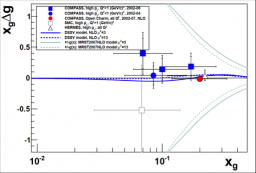The study of nuclear reactions aims at describing the mechanisms sustaining the evolution of nuclear matter when it undergoes a modification of its state. This modification can occur after an external excitation (e.g., neutron capture) or internal excitation (e.g., beta decay). This evolution is the consequence of the dynamics of nucleons in interaction with its neighbours and of the reorganization of the nuclear structure.
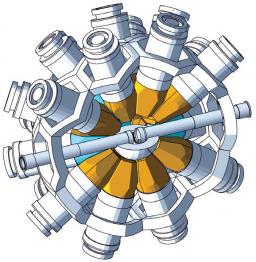
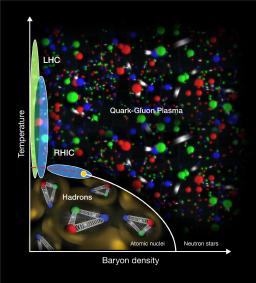
The interaction between quarks and gluons is described by the Quantum Chromo-Dynamics (QCD) theory. This strong interaction confines the quarks and gluons inside the protons, neutrons and other hadrons. When a hadron is torn apart, its constituting quarks and gluons, instead of being liberated, will recombine with newly created ones to form new hadrons with different properties.
The physics of neutrinos is studied using different sources such as reactors, accelerators and radioactive sources. The objectives of these experiments are: - to measure all neutrino oscillation parameters by varying their energies and oscillation distance and measure their mass. These measurements could be related to phenomena beyond the standard particle physics model: for example new interactions, or the existence of new particles.
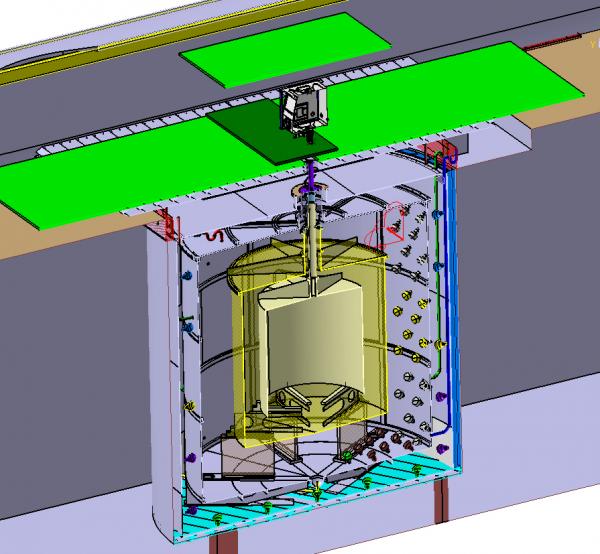
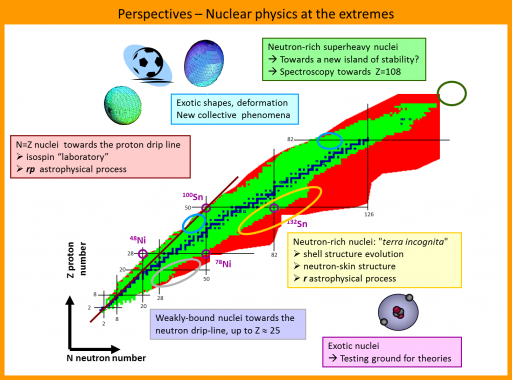
The structural aspect of the atomic nucleus is governed by the interaction between nucleons, protons and neutrons, binded by the strong interaction. This multibody quantum system is often described by a nuclear medium field built on an effective nucleon-nucleon interaction. This interaction became increasingly sophisticated as accurate spectroscopy data accumulated.
Quarks and gluons hadron structure
DPhN is strongly engaged in the study of the partonic structure (in terms of quarks and gluons) of nucleons, protons and neutrons. Nucleons are singular objects as about 90% of their mass originates not from their constituent masses, but rather from the strong interaction they experience. Nucleons are also a benchmark laboratory to study confinement and deconfinement mechanisms which remain an open key point, although QCD is a well established theroy in the standard model.
